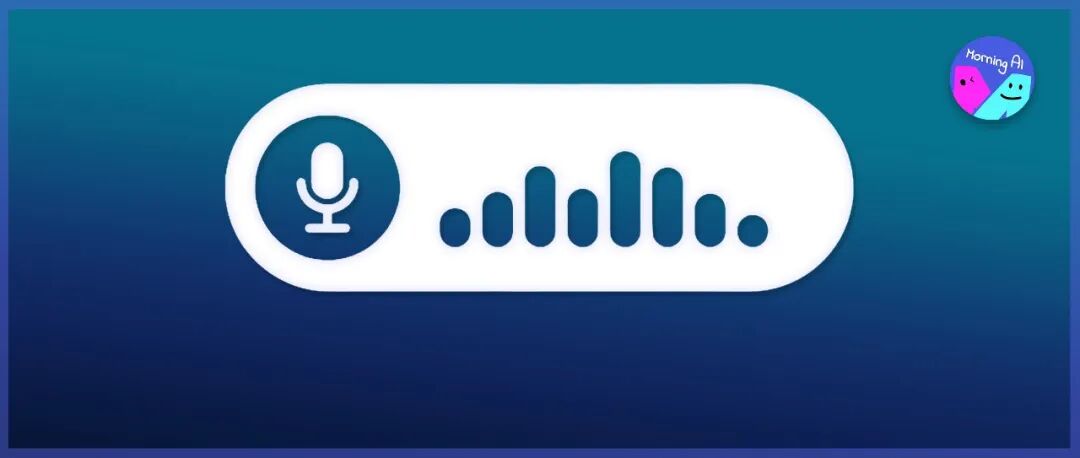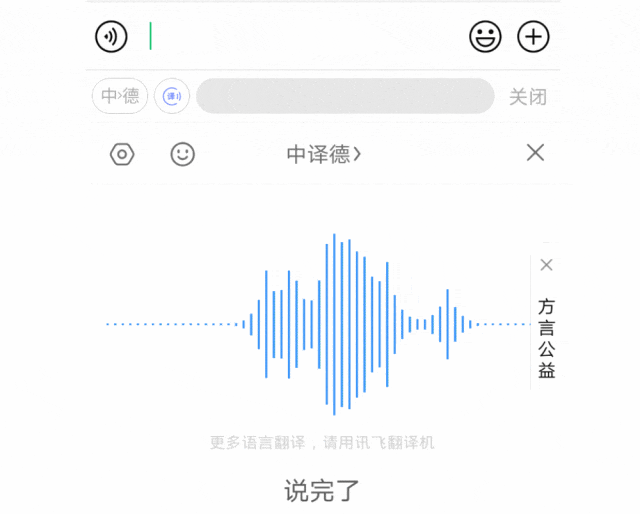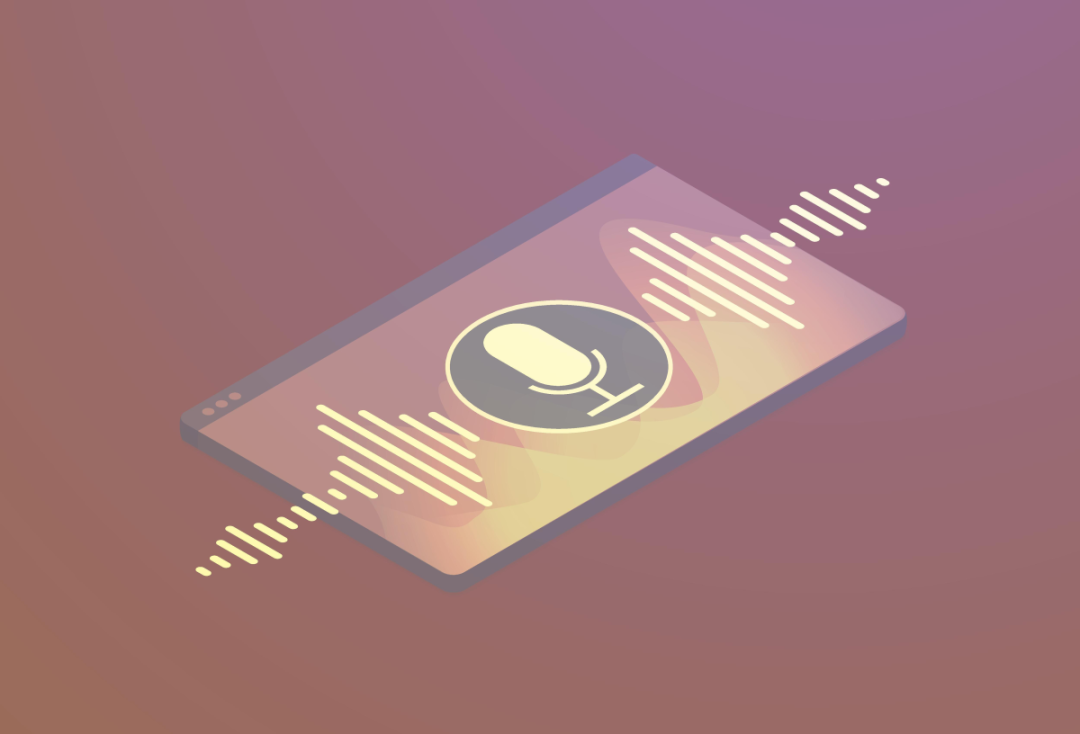Stop Typing! To Fully Harness AI's Power, You Need to Master Voice Input
![]() 10/09 2025
10/09 2025
![]() 499
499
When interacting with AI, do you mainly rely on typing?
Based on my experience, to make AI more efficient and intelligent, embracing voice input is a must. This isn't just about speed; it's about unlocking a brand-new, higher-density dimension of interaction.
We often grumble that AI's responses are sluggish or lackluster. However, the issue might not lie with AI itself but with how we communicate information to it.

Layout: Yanzi
The Efficiency Revolution: Instantaneous Thought Output
The first game-changing aspect of voice input is the efficiency revolution it brings.
It's not merely about being "quick." On average, a person can speak 150 - 200 Chinese characters per minute, while most people struggle to type more than 80 characters per minute. This means voice input is 2 - 3 times faster than typing. Describing a problem that would take 5 minutes of typing can be accomplished in under 2 minutes via voice, giving AI more time to generate responses.
But the real advantage lies in freeing up cognitive resources. Typing is a linear process: "thinking - organizing - word selection - spelling - typing." It forces your mind to slow down as you wait for your fingers to complete the tedious mechanical tasks. Speaking, on the other hand, is a natural human instinct. It allows you to focus entirely on "what to say" and achieve instantaneous thought output.

Imagine this scenario: During a brainstorming session, when inspiration is flowing freely, voice input enables you to pour out thousands of words in minutes, providing AI with a complete, unedited "package of raw thoughts." With typing, by the time you finish carefully typing the first point, the inspiration for the second point may have already faded.
In essence, with voice input, you're feeding AI a continuous stream of thoughts; with typing, you're only providing isolated bits. This continuity and completeness of information transmission lay the foundation for AI to generate high-quality, creative responses. When you're no longer constrained by the keyboard, your thoughts can truly soar.
Information Upgrade: From "Instructions" to "Comprehensive Contexts"
If efficiency is the "physical prowess" of voice input, then information dimension upgrade is its "magical power." This is precisely the most underrated aspect of voice input.
Text often conveys cold "commands," while voice transmits a warm, detailed "comprehensive context."
The most obvious difference lies in the richness of details. When describing something via voice, we naturally speak more elaborately and conversationally, unconsciously adding background information, personal preferences, and underlying concerns.
• Typing: "Plan a 5-day Beijing travel itinerary, including the Forbidden City and the Great Wall." - A clear but dry instruction.
• Voice: "Hey, help me plan a 5-day Beijing trip for our family of three - two adults and a child just starting elementary school, so don't make the itinerary too tiring. We definitely want to visit the Forbidden City and the Great Wall, but preferably avoid peak hours. Oh, and my wife wants to explore some hutongs and try authentic local snacks. The budget is around 8,000 yuan..."
Can you see the difference? The voice version contains several times more information. AI receives not just a simple task but a vivid, three-dimensional portrait of a family trip. Based on this rich information, it can naturally provide a far more thoughtful and personalized plan than the former.
Moreover, your "unspoken messages" are also conveyed. The hesitant tone when describing a need or the emphasized stress on budget lets AI recognize these as key points or areas of uncertainty requiring special attention. These subtle "implied meanings" can never be conveyed through pure text. They transform AI from a mere "instruction executor" into an "intelligent companion" capable of understanding your true needs.

Overcoming Psychological Barriers, Embracing New Habits
Of course, for many people, the biggest obstacle to switching from typing to voice input isn't technical but psychological.
The most common concern is: "Speaking to my phone in the office or public places looks silly, right?" Indeed, it's a practical issue. But we're discussing "using AI effectively," not "using AI everywhere." Private settings like home, private cars, or isolated meeting rooms - where you can speak freely - are where voice input truly shines.
Moreover, today's mainstream AI apps boast astonishingly high voice recognition accuracy. More importantly, powerful language models can fully understand your true meaning from context, making occasional mispronunciations insignificant. Sacrificing 99% efficiency and information dimension for 100% literal accuracy is clearly counterproductive.
The final hurdle is the ingrained mindset of treating AI as a mere "tool." We're accustomed to giving tools precise instructions, while speaking feels too casual. But this is precisely the mindset shift we need! AI's strength lies in understanding vague, chaotic, and non-linear human thoughts. The more naturally you converse with it, the better it can construct a complete picture of you and deliver unexpected surprises.

Press That Microphone Button Now
So, stop hesitating. Switching from typing to voice input not only gives you an efficiency leap but also dramatically enriches the information dimension. This is the right way to upgrade AI from a mere "tool" to an "intelligent companion."
Starting from your next conversation, try long-pressing that microphone button and "speak" your most authentic, complete thoughts to it.
You'll discover an AI that's ten times faster and ten times smarter waiting on the other end.









